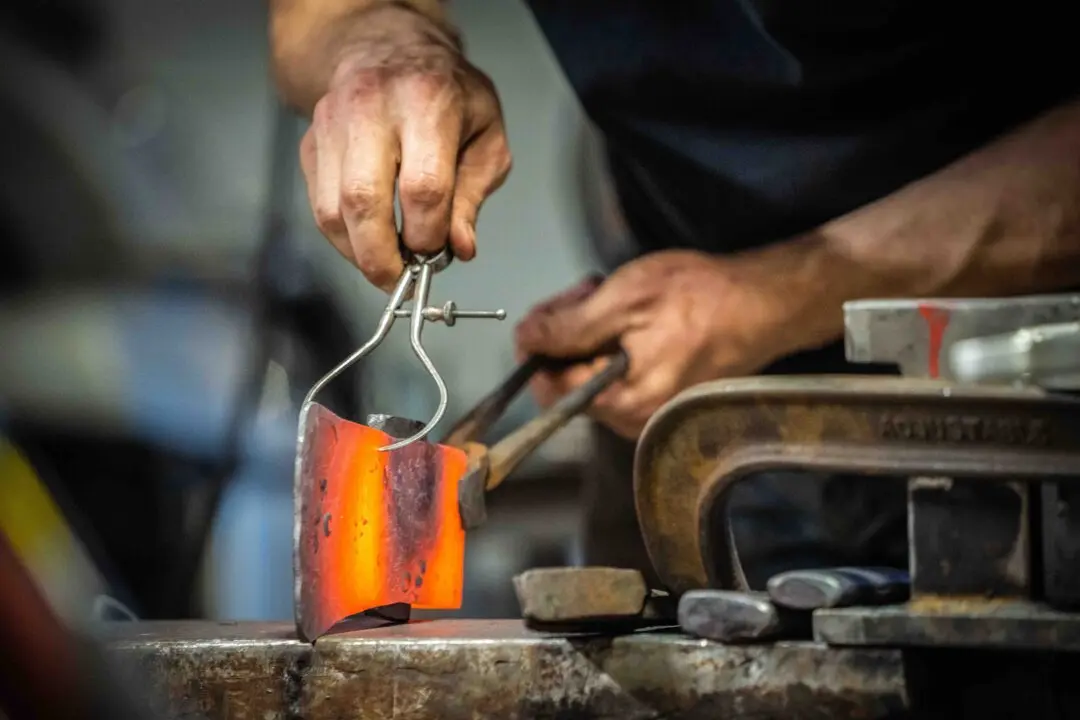Watching Anna Tsyganok weave lace in the traditional way looks complex, to say the least.
Just as it was done during the 16th century, Anna braids and twists lengths of thread using a set of bobbins. Her hands move deftly as she follows a pattern attached to a lacemaking pillow, adding pins to keep the weave in place as she goes.






